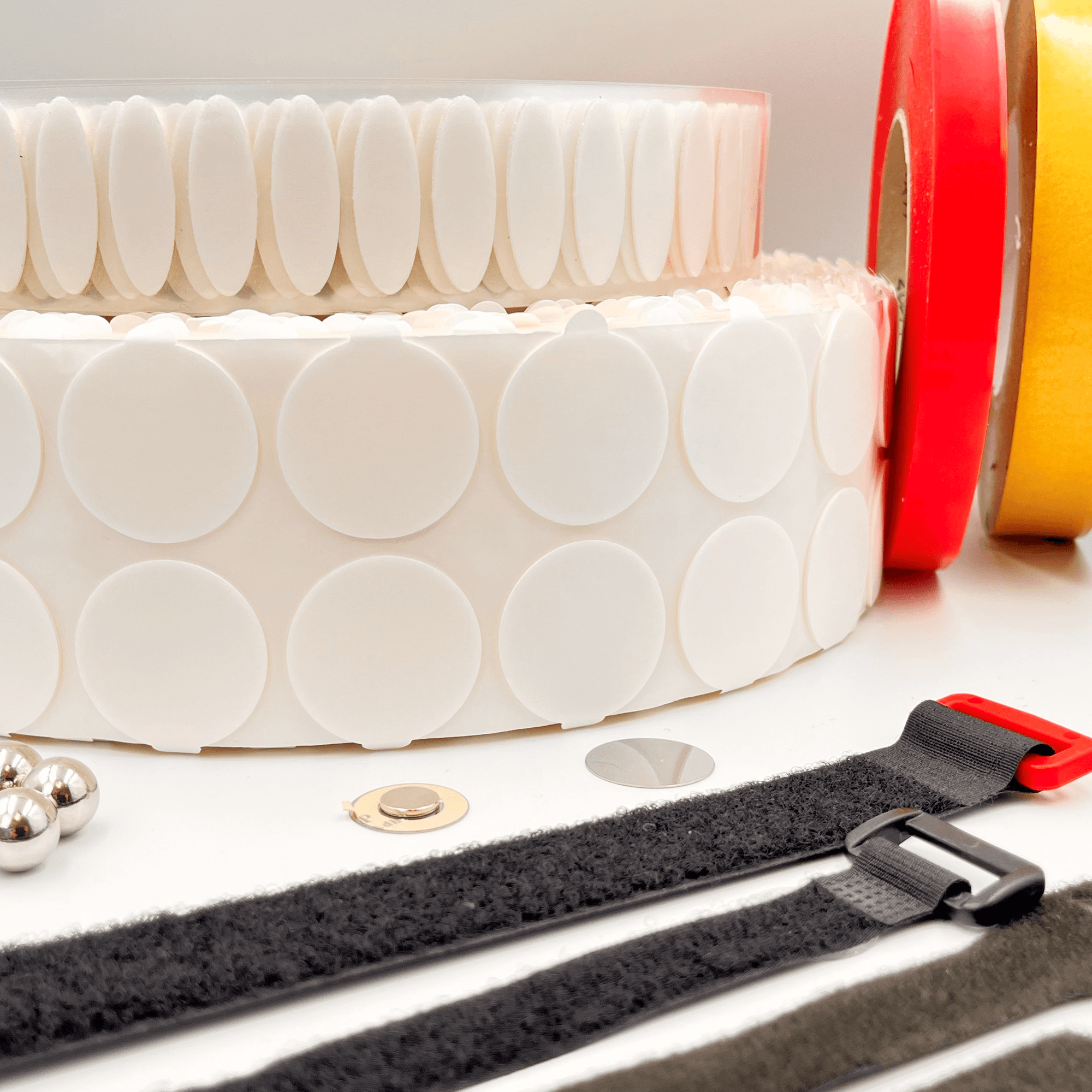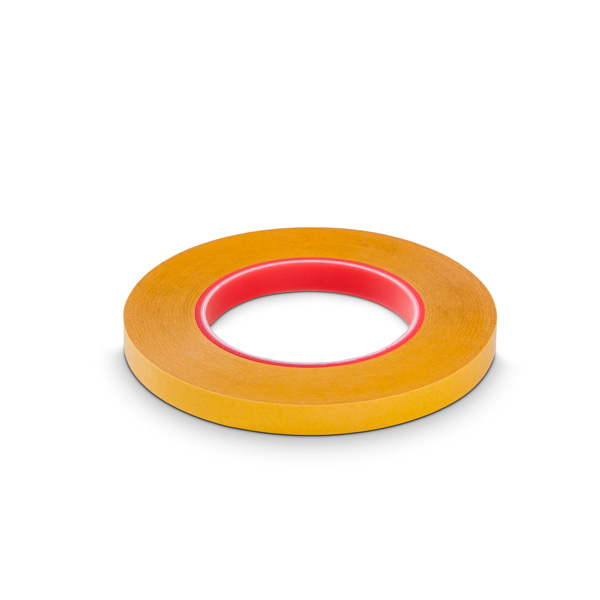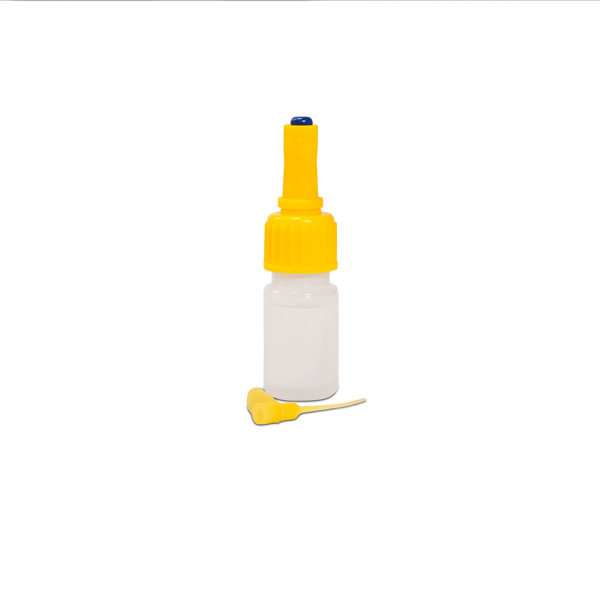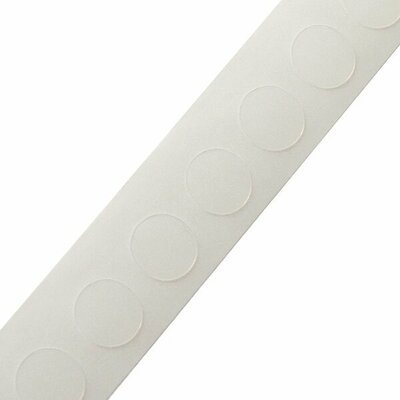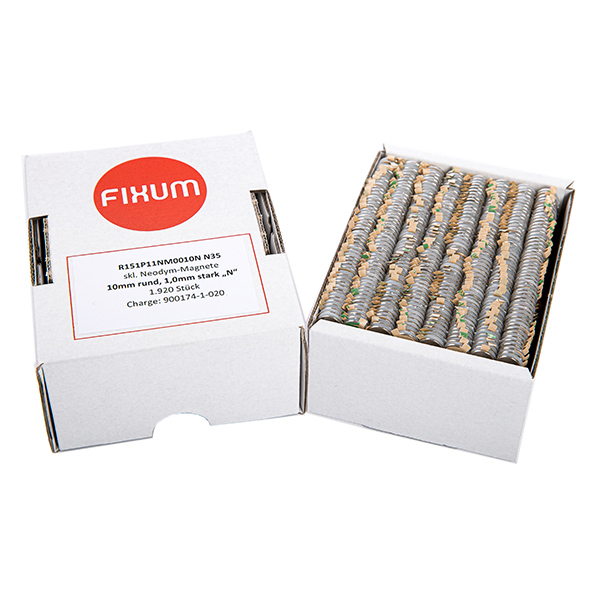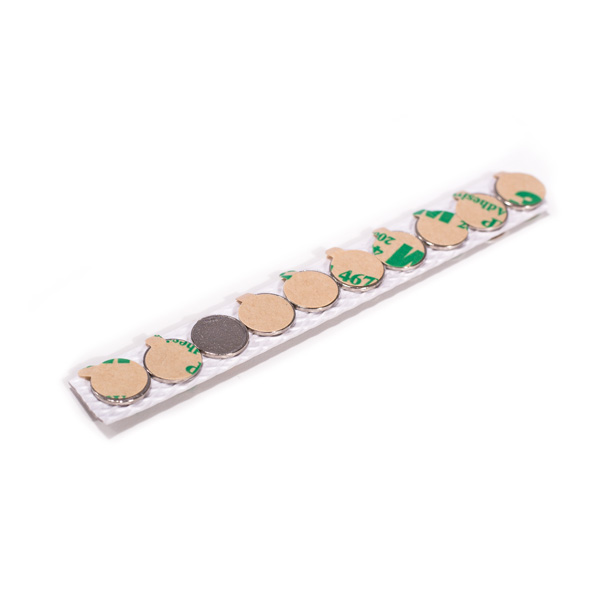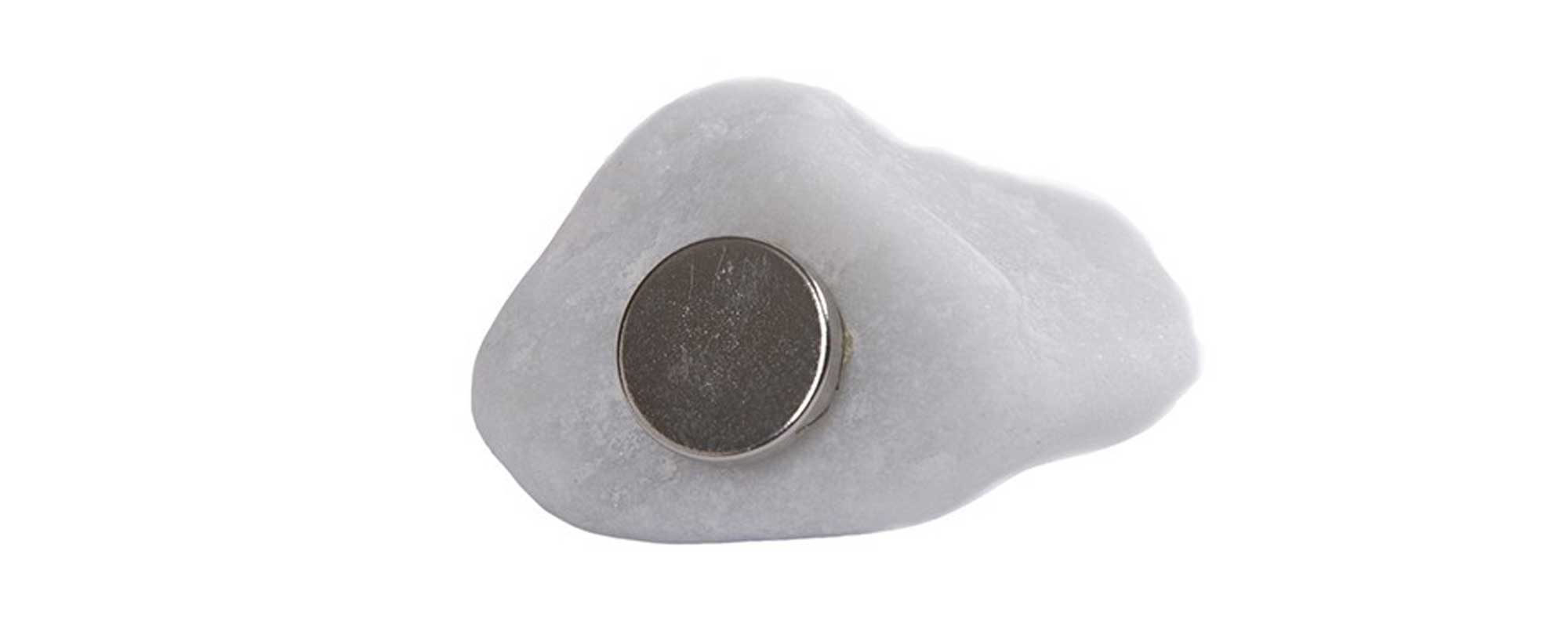
Four methods for gluing magnets safely and efficiently - now in a practical test!
Glue magnets securely: The 4 best methods in the test
Gluing magnets made easy: 4 safe methods in a practical test
Magnets stick to iron and certain other metals practically by themselves. But how do you stick magnets securely to materials such as paper, cardboard or plastic? In our practical test, we analysed four options for attaching neodymium magnets securely, cleanly and economically.
Find out which method is best suited to your application and how you can save time and effort.
Why glue magnets?
A magnet can be used in many different ways, e.g. as a fastener or for fixing. For a well-functioning and complaint-free product, the magnets must hold securely. Factors such as ease of processing, time expenditure and aesthetics also play a role. We have looked at the four most common methods and tested them for you.
Self-adhesive neodymium magnets
Supplied in rods
Self-adhesive magnets that are delivered in sticks have a silicone paper between the individual magnets that protects the adhesive surface. This paper must be removed before gluing - a somewhat tricky task that can take time. With thicker magnets, a plastic intermediate disc is often added to make it easier to separate the magnets. Processing in rods enables good handling and precise positioning, as the magnetic rod can be held like a biro.
Advantages: Clean appearance as the adhesive surface fits exactly. No protrusion of adhesive edges.
Special feature: Additional effort required to remove the protective film: The covers collect at the workplace, which costs additional clean-up work and time. In addition, these small pieces of paper could get into the further processing of the product and cause faults.
Supplied in pairs
The magnets are not on silicone paper, but on a strapping band (plastic band). The magnets can be removed in pairs. The silicone paper with gripping aid must be removed before gluing. This is the same issue as when working with bars, except that this is a real fiddly job. In terms of time, this is the most inefficient method of attachment. It is also difficult to ensure that the same poles are applied over the entire batch, which makes stacking the products more difficult.
Bonding magnets with superglue
Superglue offers maximum flexibility in the choice of substrate material. Whether wood, plastic or leather - it ensures a strong and permanent bond.
Advantages: Maximum bonding reliability, even with changes in tension. This is the only option for constructive bonding. If the magnet is open and the load when opening or the restoring tension of the material is fully applied to the adhesive surface, there is no other way of bonding. *With constructive bonding, the adhesive becomes hard, making the bond more resistant to restoring stresses. Versatile in use.
Disadvantages: Adhesive must be dosed carefully to avoid unsightly adhesive edges. Manual processing can be time-consuming.
Conclusion: Perfect for applications where durability and resilience are crucial. However, the appearance requires care.
Bonding magnets with double-sided adhesive tape
Neodymium magnets can be attached quickly and efficiently with double-sided adhesive tape. An adhesive tape dispenser makes the work easier and ensures even sections.
Advantages: In combination with a tape dispenser, this can be a very cost-effective solution, as the magnets do not have to be "labour-intensively" stuck on beforehand with "expensive" pieces of adhesive tape. Non-adhesive magnets are simply cheaper. Processing in bars is possible, which saves the customer time and offers a handling advantage compared to paired magnets. Removing the cover with the adhesive tape already attached is less fiddly than with the small discs on a single magnet.
Disadvantages: Again, this version cannot be used constructively. The adhesive force is not sufficient. Adhesive surfaces can attract dust and lint, which detracts from the appearance.
Conclusion: A large part of the adhesive tape remains exposed with the sticky side. This only works if the magnet is incorporated between two layers or is located in a hollow frame.
Attaching magnets with adhesive dots
Adhesive dots are particularly convenient as they do not require a cover film. The magnetic rod is used like a pen to place the magnets directly onto the adhesive dot.
Advantages: Quick and clean application. No waste due to protective film. No adhesive protrusion - only as much adhesive surface as necessary.
Conclusion: Ideal for series production and applications where speed and cleanliness are paramount.
Which method is the best?
The choice of the best method depends on your individual requirements. Answer the following questions:
- What material should the magnets stick to?
- How many neodymium magnets need to be processed?
- How important are appearance and ease of processing?
The magnets are only fixed with pressure-sensitive adhesives. A secure hold can only be achieved by constructive bonding with curing adhesives.
Contact us for advice
Are you unsure which method is best for your application? Our FIXUM team of experts will be happy to help you.
Request a consultation now and find the optimal solution for your self-adhesive neodymium magnets!
Take a look at our test video and find out how you can bond magnets easily and securely.
With these tips and methods, you are well equipped to attach your neodymium magnets securely and efficiently!

